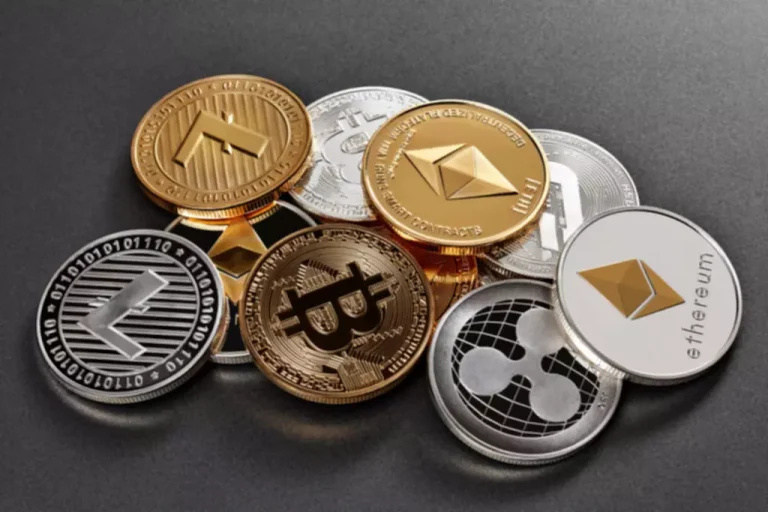This offers you one indicator of the difference between an active fund and its cheaper passive alternate options. The report spans nearly eight,326 distinctive funds with approximately $21 trillion in belongings, or about 72% of the US fund market, on the midpoint of 2024. To higher what are the pros and cons of active investing understand these methods, let’s discover their market trends and fundamental variations. As a rule of thumb, says Siegel, a manager should produce 10 years of market-beating performance to make a convincing case for talent over luck.
Choosing Between Energetic And Passive Investment Methods
Energetic investing, as its name implies, takes a hands-on approach and requires that someone act as a portfolio manager—whether that individual is managing their very own portfolio or professionally managing one. Lively cash management turnkey forex solutions in India aims to beat the inventory market’s average returns and take full benefit of short-term price fluctuations. Lively investors or fund managers use market research, forecasts, and their judgment to make investment decisions.
Passive Investing For Long-term Progress
- Or, you may invest in some passive funds similar to for shares, while going with lively funds for bonds.
- Vanguard’s 2023 Index Investing Report reveals that passive funds preserve a ninety nine.8% correlation with their benchmark indices while maintaining common expense ratios at 0.06%.
- If the volatility in U.S. equities continues in 2019, it might stand to cause that money would flow again into actively managed funds as traders try to improve their risk-adjusted returns.
- Lively fund managers are most likely to cost higher fees since this technique requires a higher frequency of trading and extra specialised experience.
The success of energetic investing is heavily depending on a deep understanding of the market, a high tolerance for danger, and the flexibility to make well timed selections by fund managers. Energetic investing is a proactive approach to invest, with frequent shopping for and selling of shares, bonds, or different securities. The goal is to outperform the stock market or a specific benchmark index such because the Nifty50 index. This approach usually entails investing in index funds or exchange-traded funds (ETFs) that monitor market benchmarks such because the S&P 500. Index funds obtain cost efficiency by way of economies of scale and simplified administration buildings.
That’s a return well well price the Mining pool customary charges of lively management, and the same holds true in small-cap investing. The interval from 2009-today has been one of the longest U.S. fairness bull markets in historical past — save for a couple of brief pauses — so it’s no surprise that passive investing has turn into the predominant philosophy over the last decade. If the volatility in U.S. equities continues in 2019, it will stand to cause that cash would circulate back into actively managed funds as traders attempt to enhance their risk-adjusted returns.

More importantly, the risk of active is that in the long term, passive tends to have higher web returns. Though some energetic managers interact in tax-loss harvesting to the benefit of investors, many lively funds end up doing the opposite. Additionally, many personal funds, accessible solely to high-net-worth buyers, corresponding to hedge funds, are actively managed.

Intermediate-core bond funds invest primarily in investment-grade US fixed-income debt with 2–10-year durations. Lively portfolios in this area are most likely to sport shorter duration and take extra credit score threat than listed friends. This proved to be an ideal combination amid the higher-than-expected interest rates and narrowing credit score spreads that characterised the period.
Dividends are cash payments from firms to buyers as a reward for proudly owning the inventory. All this proof that passive beats energetic investing could additionally be oversimplifying one thing rather more complicated, nevertheless, as a result of energetic and passive strategies are simply two sides of the same coin. The Us large-cap market has been notably challenging for active managers because of its competitiveness and consultant indexes. Simply 20% of them survived and beat their common passive rival over the decade through June 2024. In 2024, whole belongings in US passive mutual funds and ETFs surpassed these in lively ones for the first time.

It was principally a coin flip whether or not an actively managed mutual fund or ETF outperformed its common passive peer from July 2023 by way of June 2024. About 51% of lively methods survived and beat the common passive fund of their Morningstar Class over that span, a tick up from their 47% success rate in 2023. Active fund managers maintain rigorous oversight by way of systematic portfolio monitoring and danger management protocols. BlackRock’s Investment Strategy Analysis reveals that top-performing managers review positions daily, conduct quarterly technique assessments, and maintain direct communication with firm executives.
For example, energetic day merchants adjust positions within hours of market information, while passive traders preserve constant allocations no matter short-term market actions. Energetic methods present opportunities for tactical asset allocation and market timing. In Accordance to Morgan Stanley’s 2023 Active Administration Report, top-performing lively funds determine and capitalize on market inefficiencies via basic evaluation and quantitative research.
This buy-and-hold strategy leads to 95% lower transaction prices compared to active strategies. According to Vanguard’s 2023 Market Analysis, passive index funds that track the S&P 500 preserve consistent threat metrics by holding all 500 shares in their target benchmark. This strategy reduces individual stock danger and manager bias impact on portfolio efficiency. Passive investing does not imply that you don’t care about your investments — being passive is only a technique that basically says markets are environment friendly, and over the lengthy run, it’s hard to beat the average web of fees. This table beneath compares key selection criteria between lively and passive funding strategies, highlighting their elementary variations in funding approach, market situations, time horizons, administration kinds, and price priorities.
In latest years, there was a noticeable shift in funding flows towards passive strategies. Passive fairness funds have seen vital internet inflows, while actively managed funds face challenges like higher prices and underperformance towards benchmarks. Passive investing or passive funds are sometimes most well-liked by buyers who are looking at a long-term technique.

コメントする